Until the arrival of mass production, creating a brush required the hard work of a team of highly skilled craftsmen, says KA Doughty

Brushes have been around for thousands of years – they were used by cave dwellers and ancient civilisations. Pictures were painted, floors were swept and tiles were scrubbed. But, like today, brushes were not particularly valued; and because they had a limited life, few ancient brushes survive. By the fourth century St Anthony’s followers were making a living from the brushes and baskets they produced from local materials, earning him the role of patron saint of brushmakers.
Over the centuries the process of brushmaking became more specialised. By the late 18th century brushmakers were making brushes and brooms in Britain similar to today’s.
The oldest form of broom is a besom (‘witch’s broom’). Although the final product looks very simple, making besoms properly requires seasoning and drying of both the sticks and handles, and a fair amount of skill to attach the birch twigs securely.
Besom-makers, or ‘broom squires’, were prevalent in the south-west of England, where they made besom brooms in the colder months and hawked them around the lanes and towns in warmer weather. They lived off the land, and were not averse to a bit of poaching. Some broom squire families moved on to newer brushmaking methods in the 19th century, and a few are still making traditional besoms in the 21st century.
Increased quality
The quality of British brushes increased significantly in the early 19th century, thanks to a growth in imports of bristles from Russia – the bristles of Russian wild boar were far superior to those of balder, domesticated British pigs. Industry was also in need of high-quality brushes for manufacturing processes and cleaning factories. Many brushmakers’ workshops could be found in Southwark, Bristol, Nottingham, Norwich, Birmingham and the other main brushmaking towns.
This story is from the January 2018 edition of Who Do You Think You Are? Magazine.
Start your 7-day Magzter GOLD free trial to access thousands of curated premium stories, and 8,500+ magazines and newspapers.
Already a subscriber ? Sign In
This story is from the January 2018 edition of Who Do You Think You Are? Magazine.
Start your 7-day Magzter GOLD free trial to access thousands of curated premium stories, and 8,500+ magazines and newspapers.
Already a subscriber? Sign In
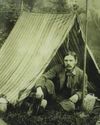
'My Tree Includes The Pioneer Of A Great British Pastime'
Pauline Godsall is proud to share a connection with Thomas Hiram Holding – a true British eccentric who encouraged our forebears to enjoy the great outdoors

30-Minute Genealogist
Sara Khan shows how you can break down brick walls in your research in just half an hour
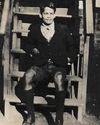
'The FIBIS Database Smashed My Brick Wall'
Edwina Bentley was struggling to find her father’s family in India. Fortunately the Families In British India Society came to the rescue, learns Jon Bauckham
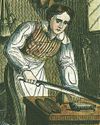
My Ancestor Was A...Brushmaker
Until the arrival of mass production, creating a brush required the hard work of a team of highly skilled craftsmen, says KA Doughty
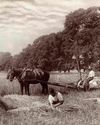
Focus On Manorial Court Rolls
Court rolls are useful for both researching the pre-industrial era and finding your Victorian ancestors, explains Nick Barratt

Accidents and Suicides Killed My Ancestors
Alison Burtt grew up with a sense of mystery as her father was unable to tell her much about his roots. The truth she uncovered was shocking, Matt Ford discovers.

Find A New Direction
Maps are a valuable resource often overlooked by family historians. Pam Ross explains why they’re worth exploring.

Cold Comfort
Ice skating is a timeless way to enjoy a wintry day. Amanda Randall looks at how our ancestors got their skates on
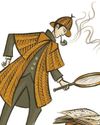
Addicted To The Thrill Of Detection
New Year is a time to cut down on vices – but it’s hard to break the grip of family history, says Alan Crosby
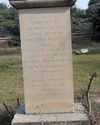
Photographs From India
The Families in British India Society tells Alan Crosby about a project to capture our ancestors’ graves